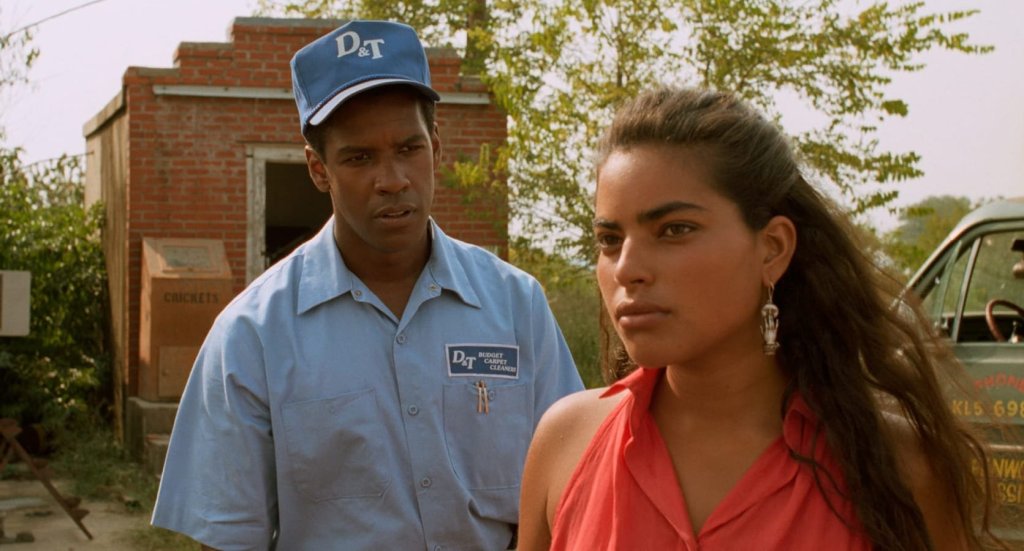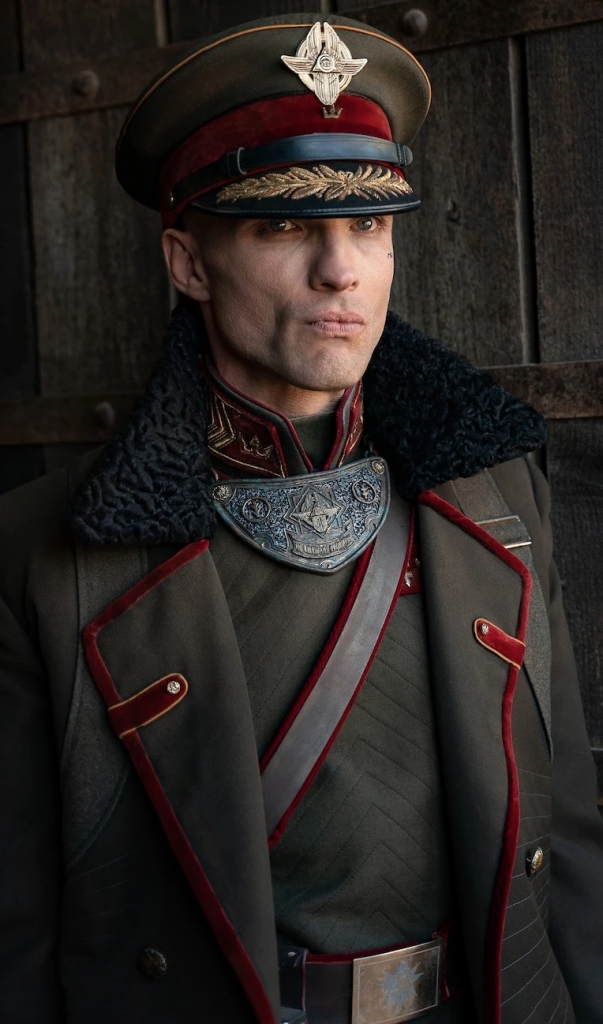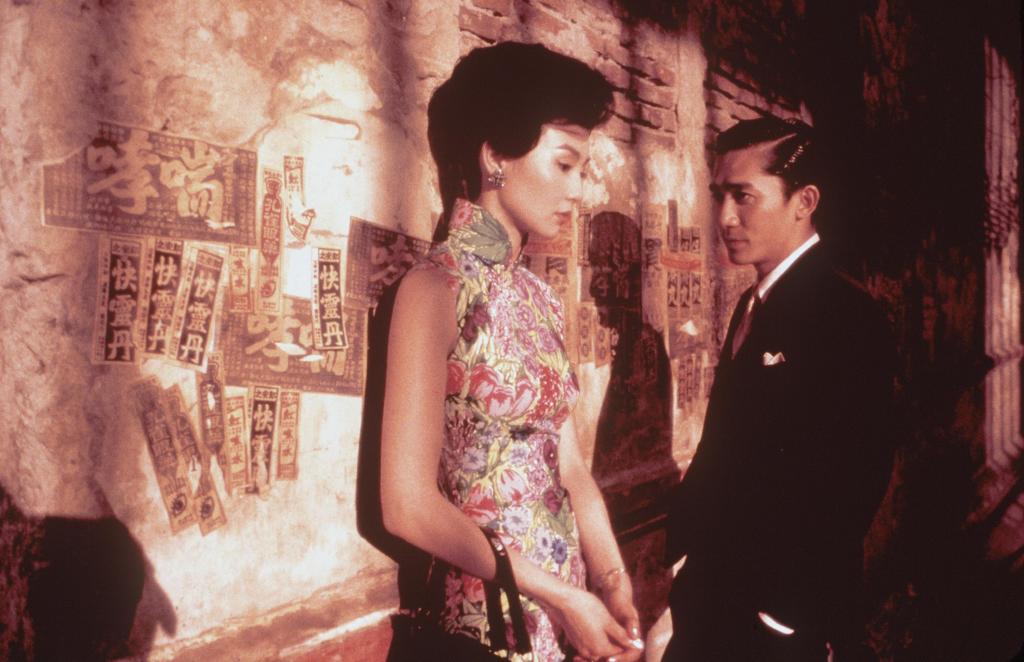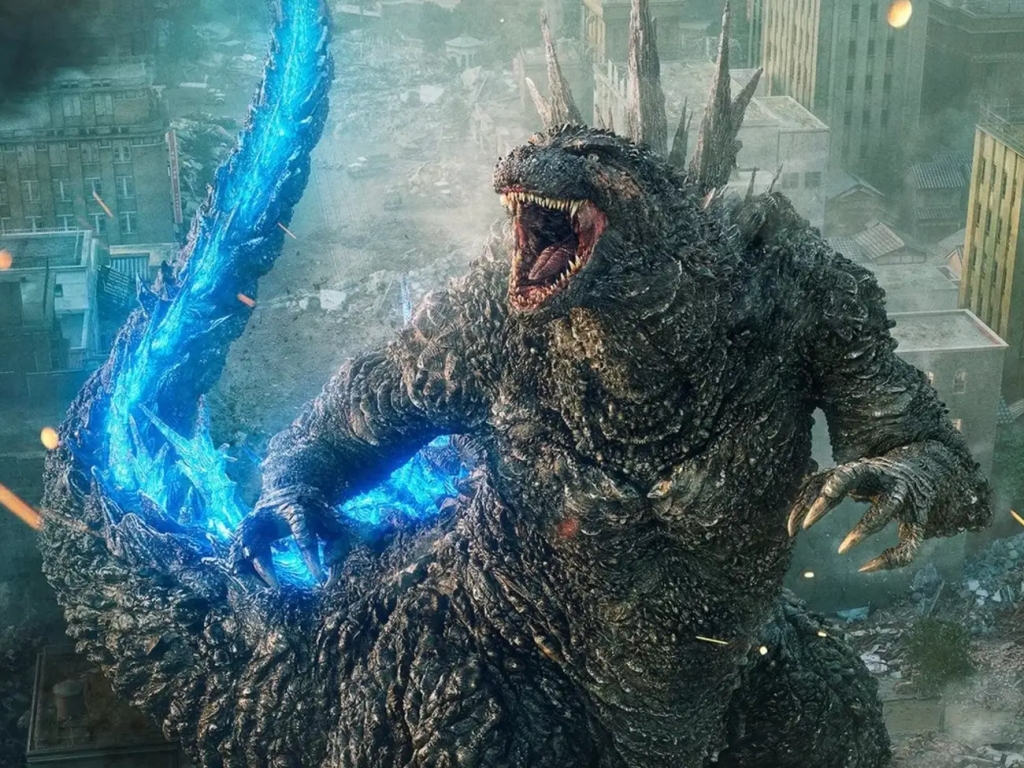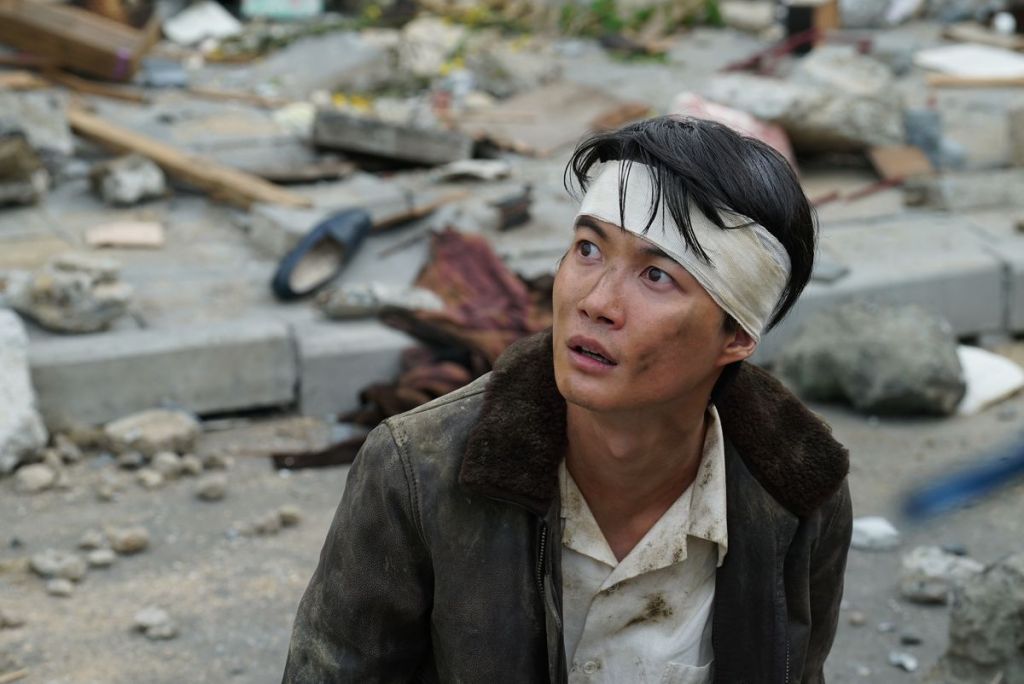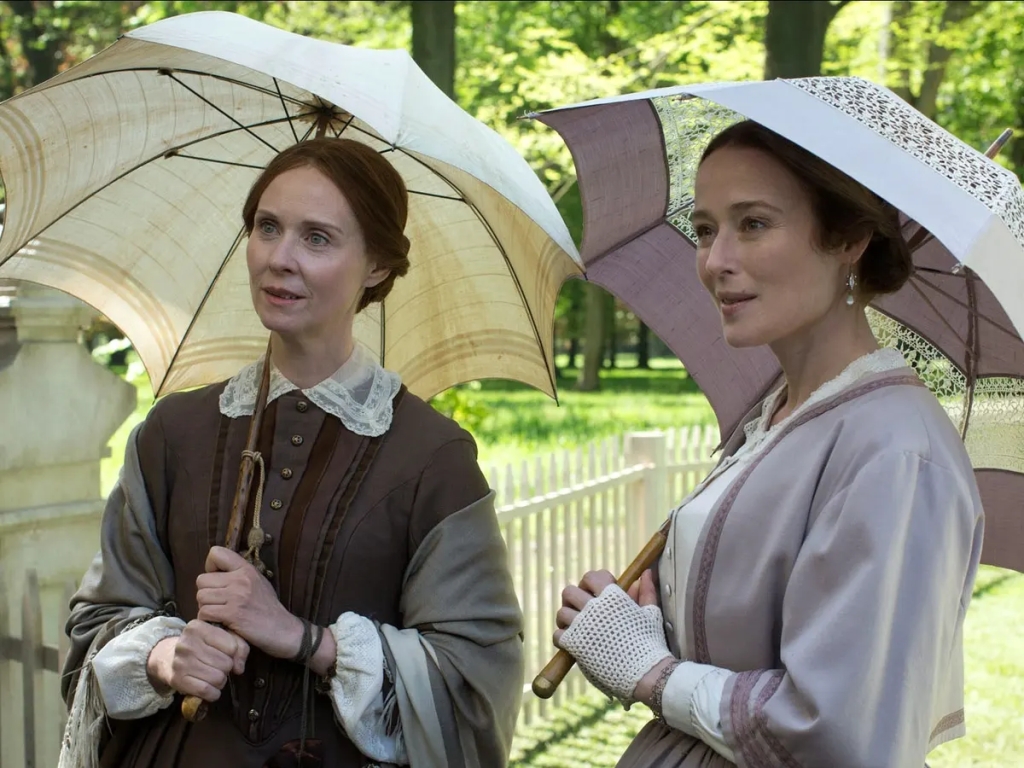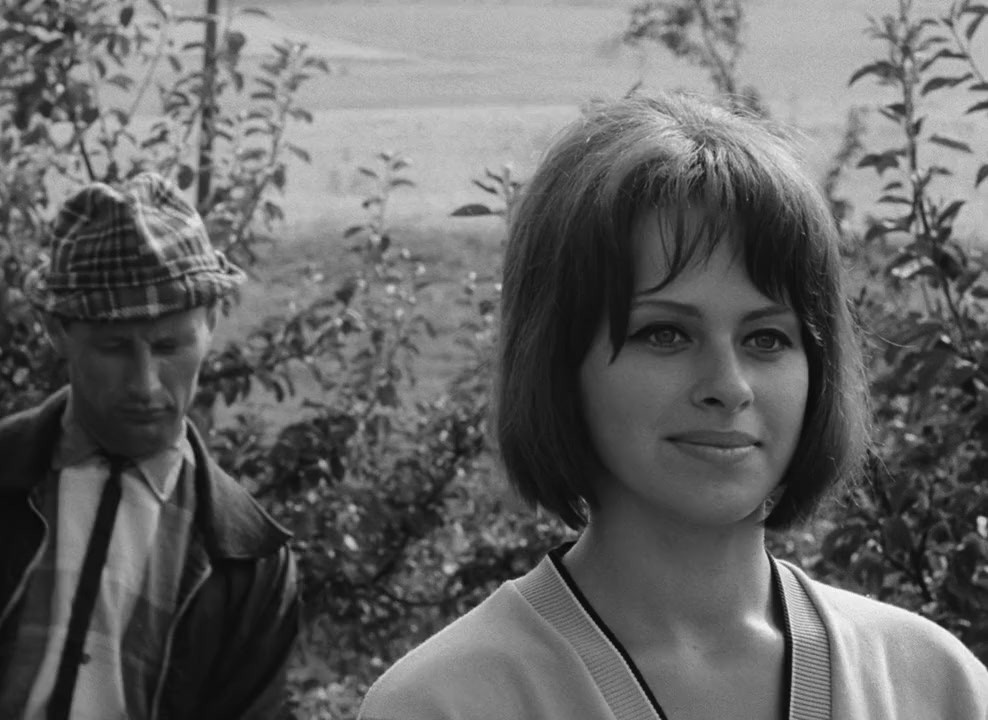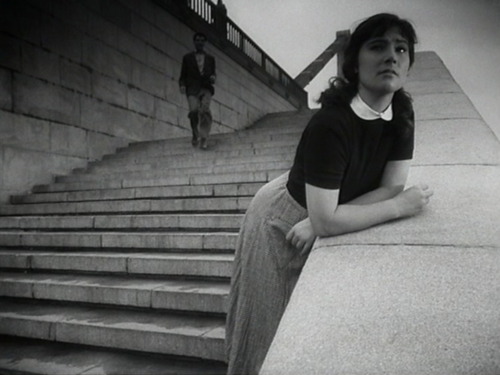In May 2023, I listed out 15 bands that I had previously been unaware of and “discovered” during 2021-22, mainly due to Spotify’s amazing recommendation algorithm. The bands operated primarily in the rock and metal spectrum, covering a wide range of sub-genres like stoner rock, desert rock, psychedelic rock, prog rock, math rock/djent, drone metal, classic metal and pop-rock. Two truisms – there are a lot of talented but unknown musicians out there, many can be considered virtuosos, but equally, they all stand on the shoulders of giants as is evident from the musical influences from the 60s-80s that are evident in their compositions.
In the past few months, I’ve been at it again, steadfastly refusing to listen to my old favourites and diving into Spotify’s “Recommended for Today”, “More like …”, “Album Picks” and “New Releases for You” sections to try out bands I haven’t heard of before. In most cases, I end up liking a band because they sound like or remind me of an existing favourite, but there’s always some additional musical dimension they bring into play that makes them appealing. Given these are not mainstream bands, most of the background information comes from their websites and some dedicated album review sites (Progarchives in particular has never failed me).
Band: Crown Lands from Ontario, Canada
Personnel: Cody Bowles (vocals, drums) and Kevin Comeau (guitars, bass, keyboards)
Album: Fearless (2023)
Genre: Prog rock
Crown Lands won the Juno Award (the Canadian equivalent of the Grammy) for Breakthrough Group of the Year for their self-titled 2020 blues-rock debut album, which bore a striking resemblance to early Led Zeppelin, on account of Cody Bowles' high-pitched vocals. The band's name is a reference to government-owned land that was taken from indigenous peoples, and most of their songs revolve around the evils of colonialism. The band then teamed up Terry Brown, Nick Raskulinecz and David Bottrill, all of whom have done production work for Canadian prog-rock stalwarts, Rush. The resulting 2023 sophomore release, Fearless, delivers an uncanny recreation of the "Rush sound". The album kicks off with an 18-minute-long epic Starlifter: Fearless Pt.II which establishes the Rush connection right from the opening bars. The other standout songs are Dreamer of the Dawn, Context: Fearless Pt. I and Lady of the Lake. For Rush fans like me who were disappointed by the mellowing of their sound from the late 1980's, Fearless is a time machine back to that thrilling, bombastic 1970's sound.
Band: Earthside from New Haven, USA
Personnel: Jamie van Dyck (guitars, backing vocals, programming), Ben Shanbrom (drums, backing vocals), Frank Sacramone (keyboards/piano, programming) and Ryan Griffin (bass, backing vocals)
Album: A Dream in Static (2015)
Genre: Progressive metal
Earthside refer to their music as "cinematic rock" comprising elaborate, textured, symphonic and atmospheric songs. I chanced upon a track from their 2015 debut album, A Dream in Static, and was blown away by the orchestration (contributed by the Moscow Studio Symphony), which elevated their music above the standard hard rock fare. The band members have degrees in Music Production or Composition from Yale, Berklee and the Hartt School of Music, and are predominantly an instrumental group without a lead singer. They brought in guest vocalists Lajon Witherspoon (from rock band Sevendust), Daniel Tompkins (from prog metal band TesseracT) and Björn Strid (founder of Swedish death metal band Soilwork) for some songs, but it's the instrumental tracks like The Closest I've Come and Skyline that I really fell for. I was frustrated that such a remarkable musical collaboration could only have produced one album, and was then pleasantly surprised when the band released a follow-up in November 2023, titled Let The Truth Speak. I haven't listened to it much, although the title track featuring the powerful pipes of Daniel Tompkins sounds impressive. The sheer depth of their music assures me that I can look forward to several more hours of listening and discovery.
Band: This Winter Machine from Leeds, UK
Personnel: Al Winter (vocals), Gary Jevon -> Graham Garbett -> Simon D'Vali -> John Cook (guitars), Scott Owens -> Dom Bennison (guitars), Marcus Murray -> Andy Milner -> Alan Wilson (drums), Peter Priestly -> Dave Close (bass), Mark Numan -> Leigh Perkins (keyboards)
Albums: The Clockwork Man (2023), Kites (2021), A Tower of Clocks (2019), The Man Who Never Was (2017)
Genre: Prog rock/Neo-prog
This is my current favourite band, one that I stumbled upon just a few weeks ago and have been playing one album after another on heavy rotation. The band is named for vocalist and main songwriter Al Winter, who is supported by a cohort of accomplished musicians.
I started off with their 2017 debut album, The Man Who Never Was, and the 16-minute-long title track is a straight out winner, underpinned by Mark Numan's piano and Al Winter's heartfelt vocals. The music is evocative and easy paced, reminding me of Al Stewart. Most tracks run close to ten minutes, with my favourite being the haunting After Tomorrow Comes, with Numan's piano similar to Kate Bush's work in her 2005 album Aerial. For a band to release a debut album of this quality and self-assurance is astonishing.
The follow-up album, A Tower of Clocks continued in the same vein, although with a heavier feel as evidenced by the 9-minute opening track Herald and the closer, Carnivale. Bassist Pete Priestly seems to have a bigger role here, particularly in the playful Symmetry & Light. As with the first album, the songs work best when combining Al Winter's vocals and Mark Numan's keyboards/piano on tracks like In Amber. My only complaint with the second album is that Winter's previously smooth voice has taken on a harsh edge, which feels like it was adjusted in post-production.
Their third album, Kites (2021), experienced some personnel changes due to creative differences and Covid-related scheduling complications; in particular I was sorry to see keyboardist Mark Numan go (he has a credit on one track, Broken). The album has a mix of guitar-driven tracks like The Storm Part II and Whirlpool (which share the same catchy riff), and contemplative songs like Sometimes and Pleasure & Purpose; this last one is quickly becoming a favourite on account of its poignant lyrics and vocal inflections. Similarly, Broken has a great singalong chorus perfect for live performances -
"Stay with me until the morning,
Hold me close until the end of time,
Seems like nothing lasts forever,
You see the world the same as me."
And so, finally I ended up with their 2023 release, A Clockwork Man. Sadly, Al Winter's voice still sounds a bit over-produced, but the entire package really works with John Cook's grinding guitars emphasizing the progression to a heavier sound over the space of four albums and six years. The songs started growing on me one by one, including the 8-minute Solitude, Silence and Steam, the short-and-heavy Final Goodbye (with a prominent role for Dave Close's bass), the intricate Reflections and the closing track Falling Through a Hole in the Sky, which showcases the talents of new keyboardist Leigh Perkins.
I am looking forward to hearing this band live in the UK at some point of time.
Band: Ellesmere from Rome, Italy
Personnel: Roberto Vitelli (bass, keyboards), Giacomo Anselmi (guitars), Mattias Olsson (drums, percussion), John Wilkinson (vocals)
Album: Stranger Skies (2024)
Genre: Symphonic rock/Prog rock
This band was formed in 2014 as a musical project by Italian multi-instrumentalist Roberto Vitelli. I chanced upon their latest album, Stranger Skies, which was released in January 2024. The first thing that struck me as I listed to the opening track Northwards was the uncanny resemblance vocalist John Wilkinson has to Phil Collins. Upon reading about the band and this album in particular, I discovered this was not a coincidence, and in fact is part of Vitelli's vision to pay tribute to the Genesis' 1976 album A Trick of the Tail, on which Phil Collins took over lead vocalist duties from the departing Peter Gabriel. Previous Ellesmere albums have more in common with the meandering instrumental tracks of Emerson, Lake & Palmer, whereas on this album, Wilkinson's vocals provide a focal point for the songwriting, resulting in several entertaining tracks - Northwards, Tundra and Stranger Skies. The title track is notable for a passage featuring John Hackett (brother of Genesis' Steve Hackett) on the flute, which reminded me of Jethro Tull. I've never warmed to Genesis' much-acclaimed 1970's prog rock phase, but I have certainly enjoyed Ellesmere's tribute to them.
Band: Eveline's Dust from Pisa, Italy
Personnel: Nicola Pedreschi (vocals, piano, Rhodes electric piano, keyboards), Lorenzo Gherarducci (electric & acoustic guitar, backing vocals), Marco Carloni (bass), Angelo Carmignani (drums)
Album: The Painkeeper (2016)
Genre: Prog rock
This is another prog rock band from Italy, which appears not to have been active since they released their third album, k. in 2019. I've mainly listened to their 2016 release, a concept album titled, The Painkeeper. Their sound revolves around Nicola Pedreschi's keyboards and pianos, and his accomplished vocals. This is an album with a surprising degree of variety, ranging from introspective/contemplative tracks like NREM and We Won't Regret to more experimental ones like A Tender Spark of Unknown and Joseph; the latter has a bit of everything in its 8-minute runtime, kicking off with a beautiful acoustic melody and then switching to regular hard rock guitar riffs, before moving into an eerie keyboard-led ending.
Band: Karfagen from Ukraine
Personnel: Antony Kalugin
Album: Messages from Afar: Second Nature (2024), Birds (2023), Birds of Passage (2020), Messages from Afar: First Contact (2017)
Genre: Symphonic prog/art rock
Wow, how could I have been unaware of someone as prolific as multi-instrumentalist and composer, Antony Kalugin? With his band Karfagen, he has released 19 albums in less than 20 years. In addition, he has released 7 solo albums, as well as 9 albums with his other band Sunchild, and 2 albums with Hoggwash.
My first exposure to Karfagen was through their mammoth 22-minute long Birds, Pt.1 from the 2023 album Birds. It is a delightfully uplifting and playfully melodious piece, full of virtuoso keyboard passages and lush orchestration including wind instruments like saxophone and bassoon, as well as strings and the usual complement of guitars, bass and drums. The album itself is a unique entity, it's an instrumental recut version their 2020 release Birds of Passage. The entire album is essentially a single musical suite. Not since Vangelis has there been someone who can compose such appealing melodies on a keyboard and I can only imagine that Kalugin is not better known because he is not based in the UK or the US.
I then went to Karfagen's 2017 album Messages from Afar: First Contact, which features a wider range of musical styles, and a mix of long and short tracks. Curious Talk features some delightful latin jazz influences; Faces in the Clouds and Vale of Dreams have guitar passages by Max Velychko that could have come out of a Steve Vai album; and the album closer Constant Flow is a 15-minute art rock tour de force, with saxophone adding some extra dimension. The band's latest release Messages from Afar: Second Nature came out at the end of January 2024, and continues in the same vein.
I haven't yet checked out their other 16 albums, and I admit that as much as I like the music, it can get monotonous and feel like background music after a while. Nevertheless, this band is an incredible find, and Antony Kalugin is undoubtedly one of the most accomplished rock keyboardists in the world today.
Band: OK Goodnight from Boston, US
Personnel: Casey Lee Williams (lead vocals), Martin Gonzalez (guitar), Martín de Lima (keyboards, guitar, backing vocals), Augusto Bussio (drums, backing vocals), Peter de Reyna (bass)
Album: The Fox and the Bird (2023)
Genre: Prog metal
Along with Earthside, this is perhaps the heaviest band in this list, and is also comprised of graduates from Berklee. However, OK Goodnight has the distinction of having a female lead singer, Casey Lee Williams, whose spectacular soprano combines effortlessly with Martín de Lima's keyboards on The Falcon, and with the guitar attack of Martin Gonzalez on The Snake. Guest vocalist/songwriter Elizabeth Hull brings even more heaviness on two songs, The Bear and The Mountain. The full might of the band's heavy metal musicianship is on show in the short instrumental tracks, The Journey and The Nightmare, but they are equally appealing when they go soft and acoustic on tracks like The Bird and The Rain. There is no shortage of technical skill in this band and it shows through in every track. This is the only album on this list that I didn't find on Spotify, instead it was featured in a list of best prog metal albums of 2023; it definitely deserves to be there!

Band: Legacy Pilots from Hamburg, Germany
Personnel: Frank Us (keyboards, guitars, bass, vocals), Lars Slowak (bass), Marco Minnemann (drums), and many others
Album: Con Brio (2018), Aviation (2020), The Penrose Triangle (2021), Helix (2023)
Genre: Symphonic prog
I'm not quite sure what to make of this band, which is essentially a musical project by German multi-instrumentalist Frank Us, with a revolving door of guest musicians. I've listened to four of their albums. The music is derivative and somewhat generic, taking inspiration from a multitude of prog rock influences, but for that reason quite likeable. Frank Us' voice is quite distinctive, sounding like it's going to break at any point (reminiscent of Japan's lead singer, David Sylvian), and his keyboards add variety to the rock sound, supposedly inspired by the sound of Emerson Lake & Palmer, but to my ears also not dissimilar to Neal Morse's playing style. His passion has attracted prog legends like Steven Wilson (Porcupine Tree), Steve Rothery (Marillion) and Jordan Rudess (Dream Theater) to appear on his albums. I found myself listening to multiple tracks from their four albums, with the 2021 release The Penrose Triangle yielding the most consistent quality of compositions, including Better Days, Heaven Must Know, the instrumental As Dominos Fall, Coast Cards (great vocals from Liza Livgren), and A Change of Mind (a 10-minute, 3-part suite).
Band: Haken from London, England, UK
Personnel: Ross Jennings (lead vocals), Charles Griffiths (guitars, backing vocals), Richard Henshall (guitar, keyboards, backing vocals), Diego Tejeida --> Peter Jones (keyboards, sound design, backing vocals), Thomas MacLean --> Connor Green (bass, backing vocals), Raymond Hearne (drums, percussion, cimbasso, tuba, backing vocals)
Album: The Mountain (2013), Virus (2020), Fauna (2023)
Genre: Prog rock
This British band has been around since 2010 and their latest studio album, Fauna, was heavily promoted on Spotify. This is one of the hardest working bands around, having released 7 albums in 13 years. I listened to Fauna, but struggled to warm up to it. I then checked out some earlier albums and the one that caught my attention was their 2013 release, The Mountain, which contains their most popular song, Cockroach King, as well as other strong efforts like Atlas Stone, In Memoriam, Because It's There and Falling Back To Earth - the last of these is the typical meandering prog rock opus, running almost 12 minutes, and containing multiple musical styles within one track. This album contains all the signature elements of prog rock, including time signature changes, virtuoso keyboard lines and Ross Jennings' artful vocal delivery. Raymond Hearne's machine gun drumming is a notable element of their music (and he plays the tuba too!). Returning to Fauna, I was better able to appreciate it, particularly Island in the Clouds and Elephants Never Forget. The band makes the effort to build unpredictability into their song structures and listening to their music feels a bit like watching the Christopher Nolan movie Tenet - one can appreciate the brilliance and inventiveness, but it didn't always translate into an entertaining package. Online reviews indicate a steady musical progression from album to album, so I will make time to listen to Affinity (2016), Vector (2018) and Virus (2020); an initial pass of Virus reveals a vocal and musical style very much like Caligula's Horse.
Band: Honorary Astronaut from USA
Personnel: Casey Crescenzo (vocals, guitar, keyboards)
Album: EP. 001
(2020)
Genre: Alt rock/Indie rock
This is a bit of a cheat, as it's not a new discovery; Honorary Astronaut is a side project of Casey Crescenzo, whose full-time band, The Dear Hunter, I became a big fan of after listening to their 2023 album Antimai. This 5-song EP released in 2020 is a one-off creative outlet for Crescenzo and has a couple of songs, E.K.E. and Final Dream Machine, that I really like. The album has a laid-back easy-listening rock sound, with Crescenzo's distinctive mellifluous vocal delivery style being the big draw.
Band: Soup from Trondheim, Norway
Personnel: Erlend Viken (vocals, keyboards, guitars, church organ, percussion, Fx), Ørjan J. Langnes (guitars, keyboards, soprano organ, saxophone, percussion, Fx, backing vocals), Jan Tore Megård (bass, backing vocals), Espen Berge (drums, percussion, bass organ, Fx, backing vocals)
Album: Children of E.L.B. (2010), The Beauty of Our Youth (2013), Remedies (2017)
Genre: Prog rock/Neo-prog
What I enjoy the most about Soup's music are Erlend Viken's feather-soft vocals and the grandeur of their compositions. The is best illustrated in the 11-minute long track The Boy and the Snow from their 2017 album Remedies - 4 minutes of gentle acoustic instrumentals lead to a lullaby-soft vocal section (reminiscent of Neil Young in his CSNY days); this is followed by a blast of organ music that switches to a long passage of stoner rock slowly building up to another organ-based crescendo, accompanied by a rousing choral harmony. I put this band in the same category as Elder (my beloved prog rock discovery of 2023), but with a more textured and varied musical palette. The 13-minute-long Sleepers is another magnificent composition from the same album, with one of the grooviest bass lines I've ever heard on a rock song. The achingly beautiful Nothing Like Home closes out the 42-minute album. If you'd like to sit in a darkened room and get lost in music that is equal parts soothing and breathtaking, then this is the album to do it with. The production values are absolutely outstanding, giving each of the instruments enough breathing room in each composition; what a joy to hear strings, horns and organs share the same musical space as guitars, keyboards and drums. Simply magnificent! I have just started listening to their 2013 release, The Beauty of Our Youth and their 2010 breakout album Children of E.L.B., both of which have already yielded some rewarding songs.
Band: Riverside from Warsaw, Poland
Personnel: Mariusz Duda (vocals, bass), Maciej Meller (guitar), Michał Łapaj (keyboards, Hammond organ), Piotr Kozieradzki (drums)
Album: ID.Entity (2023)
Genre: Prog rock
I first came across Polish singer/songwriter Mariusz Duda a couple of years ago when Spotify popped up a song by his band Lunatic Soul from their 2010 album Lunatic Soul II. I learned that the band was a side-project to his day job with the prog rock group Riverside. I didn't sustain interest in Lunatic Soul and neither did I bother to explore any Riverside songs. However, when Riverside's 2023 release ID.Entity started picking up buzz, I decided to check the album out, and was pleasantly surprised by the accessibility of the songs; I'm not sure if the album will stand the test of time, but certainly on the first pass, I found that the album had a wide selection of accessible rock tracks - Friend of Foe?, Post-Truth, The Place Where I Belong, I'm Done With You, Self-Aware, Age of Anger, Together Again. I intend to return to the album and find out if the songs retain their appeal after the initial flush of discovery.
Band: Klone from Poitiers, France
Personnel: Yann Ligner (vocals), Guillaume Bernard (guitars), Matthieu Metzger (saxophones, piano, keyboards), Jean-Etienne Maillard <--> Hugues Andriot (bass), Aldrick Guadagnino --> Michael Moreau (guitars), Florent Marcadet --> Morgan Berthet --> Laurent Thomas (drums)
Album: Le Grande Voyage (2019), Here Comes the Sun (2016)
Genre: Prog rock
Klone has been around for two decades, releasing eight albums, touring regularly and opening for well-known bands like Gojira and King's X. Still, I hadn't heard of them until a few days ago when I randomly picked their 2019 album Le Grande Voyage from my "Recommended for Today" list. The music is atmospheric and heavy, with soaring vocals from Yann Ligner, punctuated by Jean-Etienne Maillard's bass, best exemplified by the tracks Yonder and Breach. The songs are built on a heavy metal substrate, but then spring unexpected surprises like the textured, ethereal guitar play on Sealed, Matthieu Metzger's saxophone on Indelible, and lush orchestration on Hidden Passenger. On The Great Oblivion, the vocal harmonies and grinding guitars are reminiscent of Alice in Chains. A cursory play-through of their 2015 album The Dreamer's Hideaway revealed a much heavier sound reminiscent of 90's grunge, that I definitely found worth revisiting. Their 2016 album Here Comes the Sun features notable tracks like Immersion (more Alice in Chains influences), Fog (with a surprising mix of light and heavy instrumentation) and Grim Dance. It's clear there has been a progression in sophistication from album to album. Over the years, Ligner (vocals), Guillaume Bernard (guitars) and Metzger (keyboards) have remained the constants, with bass duties switching between Maillard and Hugues Andriot. Their most recent release from 2023, titled Meanwhile, feels a bit monotonous (particularly Ligner's vocals, which start to feel one-dimensional after a few songs) and so far, only the beautifully wistful Apnea has stood out for me.
Band: Cocteau Twins from Grangemouth, Scotland
Personnel: Elizabeth Fraser (vocals), Robin Guthrie (guitar, bass, keyboards, drums) and Simon Raymonde (bass, keyboards)
Album: Milk & Kisses (1996), Four-Calendar Cafe (1993), Heaven or Las Vegas (1990)
Genre: Alt rock, Dream pop, Darkwave
The only outlier on this list are the Cocteau Twins, who are not prog rock/metal, not a "discovery" by any stretch of the imagination (they were among the pioneers of the "shoegaze" sound in the late 80's), and sadly, not active, having disbanded in 1997. I had vaguely heard of the band, but listened to them for the first time in Jan 2024 following the release of a remastered version of their 1996 album, Milk & Kisses. Having fallen in love with songs like Half-Gifts, Calfskin Smack, Tishbite and Rilkean Heart, I went on to listen to 1993's Four-Calendar Cafe and loved Bluebeard and Squeeze-Wax...and these are not even considered to be their best albums, I guess that may be Heaven or Las Vegas (1990). Elizabeth Fraser's vocals are pure magic and I can only imagine what it must have been like to have this ethereal pop-rock sound first hit the airwaves like a breath of fresh air more than thirty years ago. I can't believe I missed listening to this band during their heydays in the 1980's and 90's, but better late than never!
Certainly in the rock and metal genres, I feel there is very little in terms of virtuosity, variety or inventiveness separating the famous bands that fill stadiums around the world, and these other talented bands which have only a few thousand followers on Spotify or Bandcamp. It certainly feels like an injustice, especially given that these artists are unlikely to grow beyond their niche following and how little they earn through Spotify. I feel intimidated and exhilarated in equal parts thinking about how much more there is to discover for years to come.

